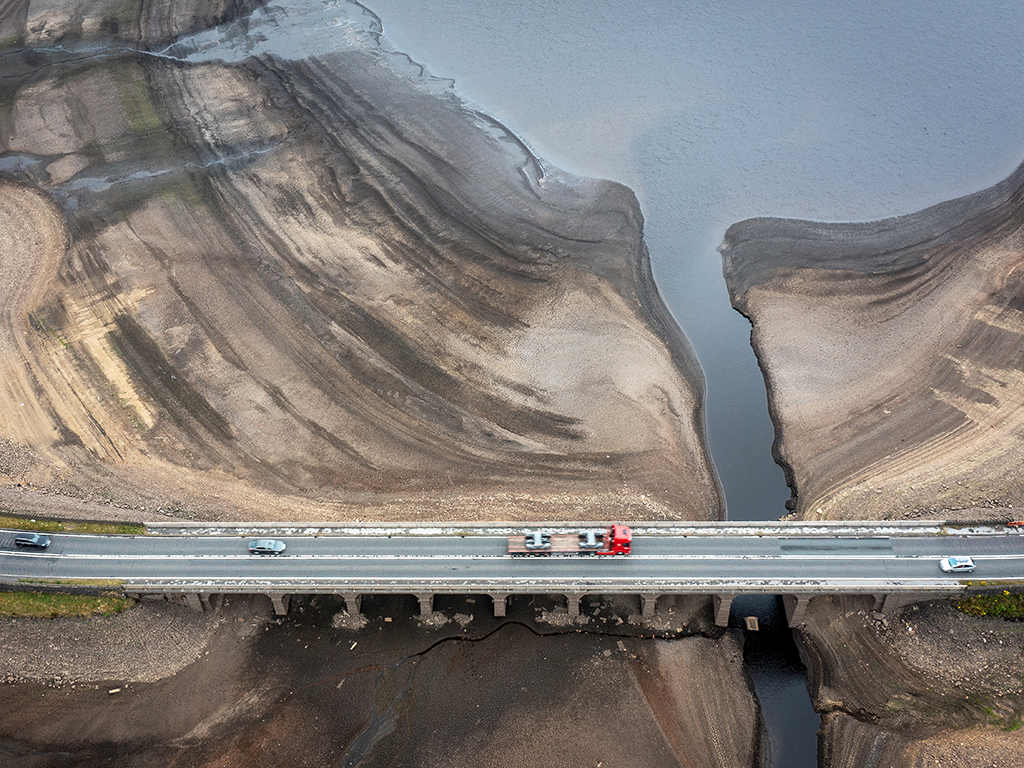
If heatwaves are climate change’s swift and deadly invasion troops, then drought is its slow but crippling undercover agent. This summer, Britain is likely to experience both. Not only did last month include the hottest day on record, it was also the driest July since 1935.
The UK is now facing the likely prospect of drought being officially declared. Rivers are perilously low, grass is parched to the point that wildfires have broken out, and two water companies have announced temporary domestic hosepipe bans. Perhaps most concerning is the pressure being put on the country’s already strained food system, with farmers fearing water-use restrictions and remembering the drought of 1976, when food prices rose by 12 per cent. The Environment Agency’s National Drought Group has convened early to discuss a strategy to respond to the threat.



